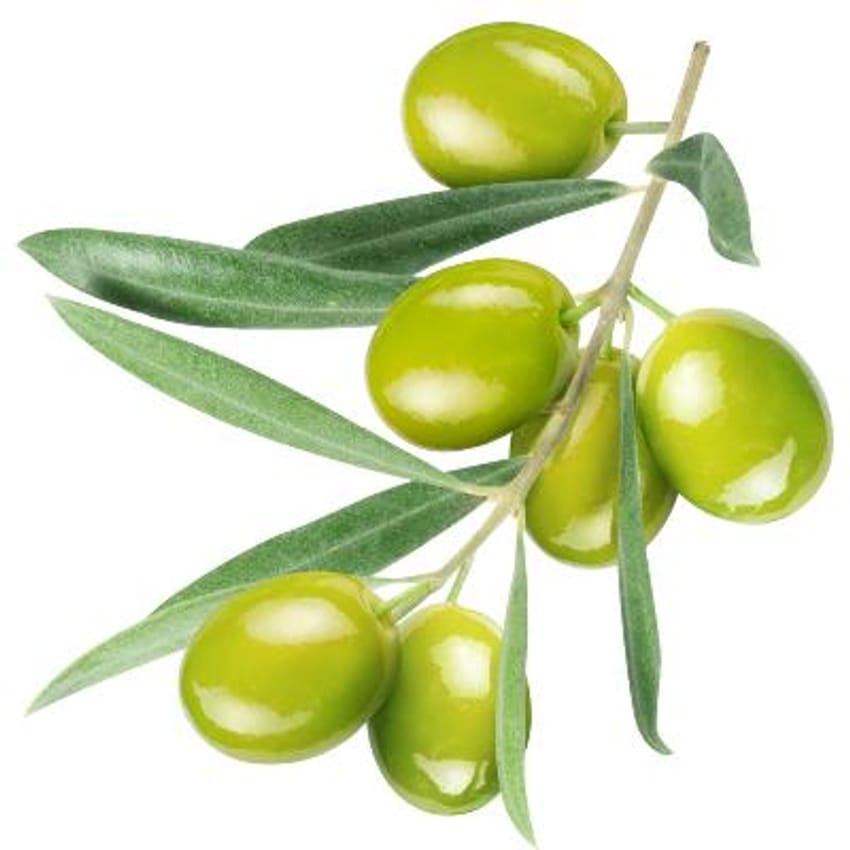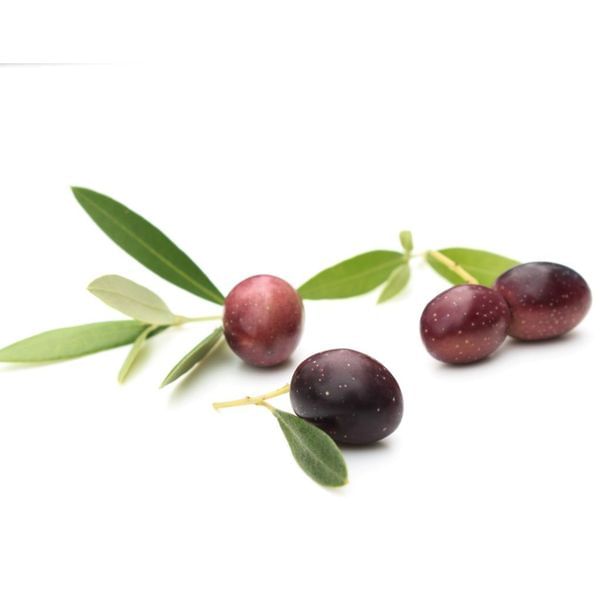- CLEARANCE! Save 30% off select varieties while supplies last. See All Clearance
- This highly regarded olive variety produces rich delectable oil as well as makes superb quality brined olives for table consumption.
- Originating from Spain where this olive variety is primarily used for oil.
- High yield of mild oil and high, constant productivity.
- Height at maturity: 15'-20' in the ground, but can be kept smaller with pruning or if kept in containers
- Very compact tree, good for intensive planting and small spaces.
- Needs a pollinator
- Hardy to 12 F
- Best for Zones 9-11
- For Zones 4-8, you can grow this tree in a pot and bring it indoors for the winter
- Pollinators: Coratina & Frantoio.
Click here for our Olive Tree Growing Guide (pdf)
Lee nuestra guia aqui: Cuidado del arbol de Olivo
SAVE ON SHIPPING: We can now ship potted fruit trees in MULTIPACK BOXES. Order as a 3-pack or 6-pack to save on the cost of shipping! This includes ALL PRIMO and ENTRY sized citrus, olive, fig, avocado trees and passion vines.









